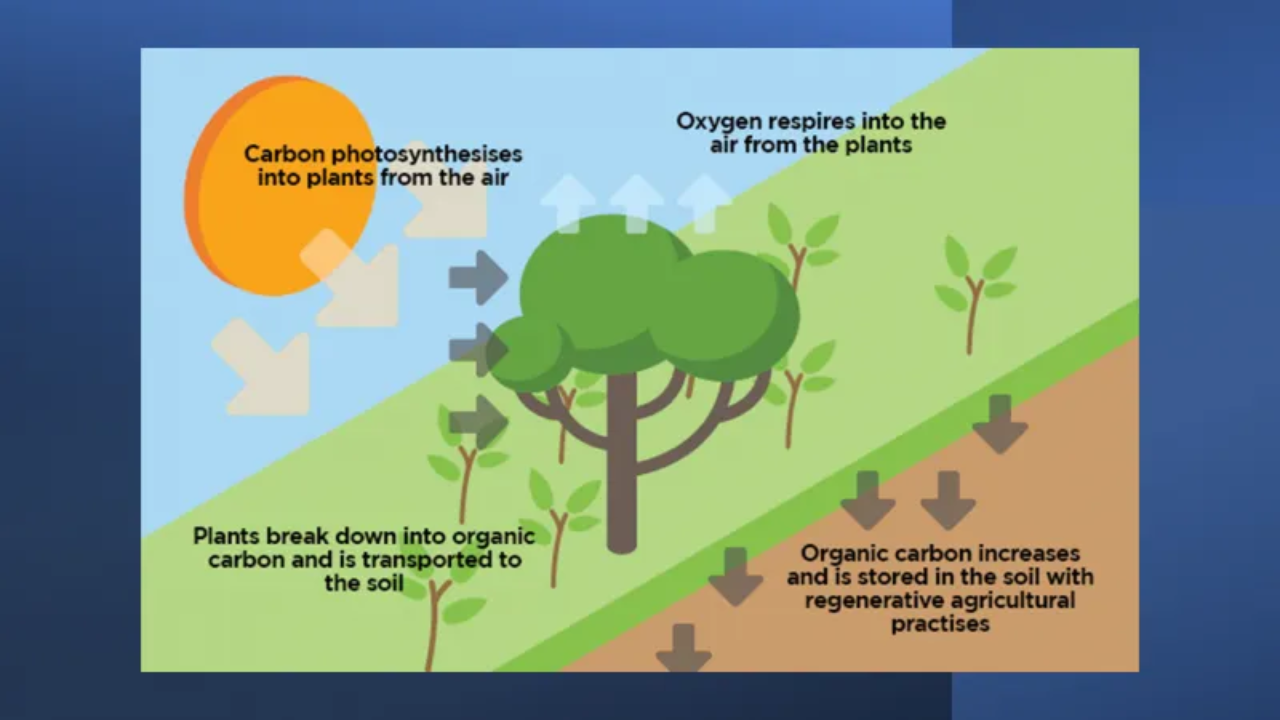
As global agriculture battles the twin crises of biodiversity loss and climate change, a powerful solution is taking root—agroforestry. This nature-based farming system combines trees, crops, and sometimes livestock into a single productive landscape. By mimicking natural ecosystems, agroforestry not only regenerates degraded lands but also boosts long-term productivity and resilience.
In this article, we explore various agroforestry models, their unique contributions to biodiversity and climate resilience, and why this approach is fast becoming a cornerstone of sustainable agriculture.
What Is Agroforestry and Why It Matters
Agroforestry is the strategic integration of woody perennials like trees and shrubs into farms and pasturelands. Unlike monoculture systems that strip landscapes of diversity, agroforestry promotes multiple layers of life, delivering environmental, economic, and social gains.
Key Benefits:
- Restores soil fertility
- Enhances biodiversity
- Stabilizes microclimates
- Improves carbon sequestration
- Provides diversified income for farmers
Major Agroforestry Models and Their Functions
| Agroforestry Model | Description | Benefits | Best Suited For |
|---|---|---|---|
| Alley Cropping | Crops are grown between rows of fast-growing trees or shrubs | Soil fertility, pest control | Small to medium farms |
| Silvopasture | Trees integrated into livestock grazing areas | Shade, forage, carbon storage | Livestock-based farming systems |
| Forest Farming | Non-timber crops grown under forest canopy | High-value products, biodiversity | Forest-rich or shaded areas |
| Windbreaks | Tree rows planted along field edges to reduce wind damage | Erosion control, crop yield boost | Open or windy terrains |
| Homegardens | Multilayered planting near households | Household food security | Tropical, densely populated areas |
| Taungya System | Temporary food crops grown with young trees during afforestation | Dual income, soil protection | Reforestation and rehabilitation zones |
Agroforestry and Biodiversity: A Mutual Growth Story
Enhancing Habitat Complexity
Agroforestry systems introduce vertical layering—from canopy trees to groundcover crops—which provides habitat for birds, insects, mammals, and fungi.
Native Species Conservation
Planting native tree species encourages the return of local flora and fauna, aiding ecosystem restoration and preventing local extinctions.
Natural Pest Regulation
Diverse ecosystems foster predator-prey relationships, keeping pests in check and reducing reliance on chemical pesticides.
Climate Resilience Through Agroforestry
Carbon Sequestration
Trees store large quantities of carbon in biomass and soil. A well-managed agroforestry system can sequester up to 20–30 tons of carbon per hectare per year.
Buffering Climate Extremes
Tree canopies reduce heat stress, mitigate drought impacts, and shield crops from heavy rainfall and wind.
Resilient Income Streams
Multiple outputs—timber, fruits, fodder, fuel, and medicinal plants—make farms less vulnerable to single crop failures or market fluctuations.
Case Studies from Around the World
| Country | Model Used | Outcome Achieved |
|---|---|---|
| Kenya | Silvopasture | Reduced erosion and improved dairy yields |
| Colombia | Forest Farming | Preservation of Amazon species and economic uplift |
| India | Alley Cropping | Higher maize and pulse productivity with less input |
| Indonesia | Homegardens | Increased food security and local biodiversity |
| Brazil | Windbreaks | Enhanced cocoa crop health and improved pollination |
Agroforestry vs Conventional Agriculture
| Criteria | Agroforestry | Conventional Monoculture |
|---|---|---|
| Biodiversity | High – multi-species environment | Low – single species dominance |
| Soil Health | Improves over time | Often degrades without replenishment |
| Climate Resilience | High – diverse buffers and root depth | Low – vulnerable to shocks |
| Input Requirements | Moderate, with natural recycling | High, requires synthetic inputs |
| Long-term Profitability | More stable and diversified | Risk-prone and input-intensive |
Challenges and the Way Forward
Challenges:
- Initial setup costs
- Need for farmer training
- Longer return-on-investment timelines
Solutions:
- Government and NGO subsidies
- Technical assistance programs
- Community-based training and demonstration plots
Overview Table: Agroforestry at a Glance
| Aspect | Details |
|---|---|
| Core Goal | Integrate trees with crops/livestock for ecosystem health |
| Key Benefit | Enhances biodiversity and climate resilience |
| Leading Models | Silvopasture, Alley Cropping, Homegardens, Forest Farming |
| Economic Advantage | Diversified and year-round income |
| Carbon Benefit | Up to 30 tons/ha/year sequestration potential |
| Biodiversity Role | Habitat creation, native species revival |
3 Quick FAQs
What makes agroforestry better than monoculture?
Agroforestry mimics natural ecosystems, improving biodiversity, resilience, and long-term yields.
Can agroforestry work on small farms?
Yes, models like homegardens and alley cropping are ideal for smallholders.
Does agroforestry help with climate change?
Absolutely—it captures carbon, stabilizes microclimates, and reduces emissions from chemical inputs.

